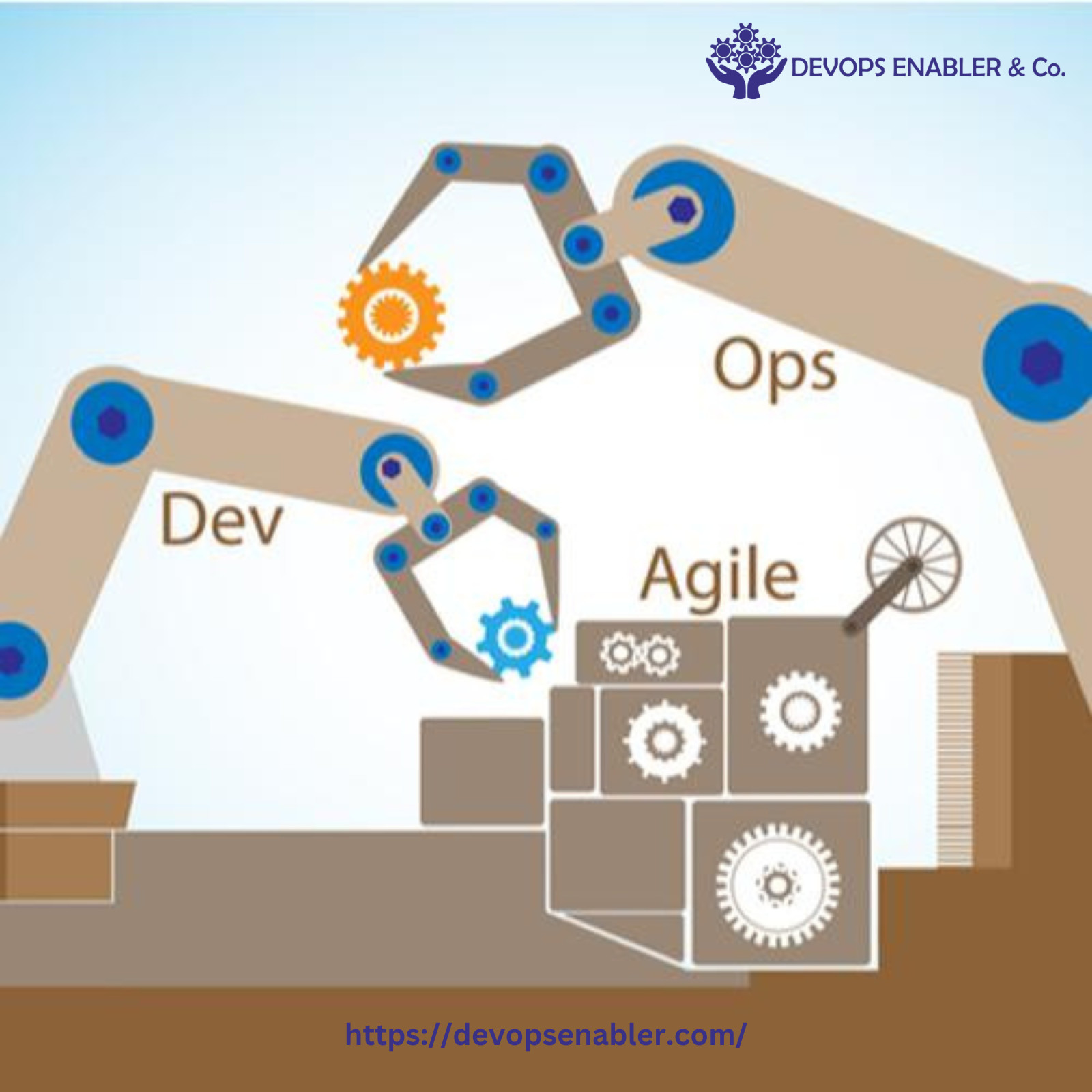The symbiotic relationship between Microservices architecture and Continuous Integration/Continuous Delivery (CI/CD) has become a cornerstone for success. This article elucidates the intricacies of CI/CD with Microservices, exploring the best practices that can streamline the development process and maximize efficiency.
Understanding CI/CD:
CI/CD, short for Continuous Integration and Continuous Delivery, encompasses a set of practices aimed at enhancing the speed, reliability, and quality of software development. Continuous Integration involves the seamless merging of code changes into the main branch, ensuring the main codebase is always in a production-ready state. Continuous Delivery builds on this by automating the deployment process, making the code ready for production. Continuous Deployment automates the actual deployment into the production environment.
CI/CD with Microservices:
Microservices architecture involves breaking down a monolithic application into smaller, independent services, each with its codebase and functionality. Implementing CI/CD in a Microservices environment necessitates tailored strategies to address the unique challenges and advantages of this architectural approach.
Goals of CI/CD in Microservices:
1. Independent Development and Deployment:
· Objective: Empower individual development teams to work autonomously without disrupting other teams.
· Rationale: Enhances agility, allowing teams to iterate swiftly without dependencies on external teams.
2. Quality Checks at Every Level:
· Objective: Implement robust quality checks at each stage of Microservices development.
· Rationale: Ensures the reliability and quality of each Microservice, maintaining high standards of code quality.
3. Access Control Policies:
· Objective: Establish stringent access control policies to secure code deployment and integrations.
· Rationale: Enhances security by limiting access to authorized personnel, minimizing the risk of unauthorized changes.
4. Tailored Infrastructure Support:
· Objective: Provide specialized tools and features to support the unique infrastructure requirements of Microservices.
· Rationale: Improves the efficiency of CI/CD processes by aligning them with Microservices architecture needs.
Connect for Solutions: https://devopsenabler.com/contact-us
Best Practices for Effective CI/CD with Microservices Implementation:
1. Automation Decision of Test and Process Order:
· Tip: Prioritize automating smoke tests, followed by automated unit tests, functional testing, and UI testing.
· Rationale: Reduces developer workload and ensures a logical order of automation, considering potential dependencies.
2. Frequent Release of Software:
· Tip: Release software frequently if it meets release-ready standards and has been thoroughly tested in an environment identical to production.
· Rationale: Enables rapid iteration and encourages A/B testing for usability, identifying the best-performing features before a broad release.
3. Less Branching and Daily Commits:
· Tip: Encourage developers to commit directly to the main branch from their local branches at least once a day.
· Rationale: Reduces version control overhead and encourages handling smaller, manageable integration tasks regularly.
4. Readiness to Apply Microservices:
· Tip: Adopt a gradual, incremental approach to Microservices architecture aligned with the overall mission.
· Rationale: Facilitates a smooth transition, allowing the replacement of the old system with the new one without causing disruptions.
5. Maintain Security:
· Tip: Separate CI/CD systems and locate them in a secure internal network. Implement strong two-factor authentication and access management.
· Rationale: Mitigates external and internal threats, safeguarding the codebase and credentials in various development environments.
CI/CD best practices are crucial in navigating the complexities of software development, especially in the context of Microservices architecture. By adopting these practices, organizations can ensure not only the swift development and deployment of Microservices but also maintain high standards of security and quality.
In the ever-evolving landscape of technology, the implementation of CI/CD with Microservices aligns with the principles of agility, scalability, and reliability. As organizations continue to embrace this approach, staying attuned to emerging best practices will be key to unlocking the full potential of Microservices development and CI/CD integration. Ultimately, the success of CI/CD with Microservices lies in a harmonious blend of automation, adaptability, and a relentless commitment to continuous improvement.
Contact Information:
- Phone: 080-28473200 / +91 8880 38 18 58
- Email: sales@devopsenabler.com
- Address: #100, Varanasi Main Road, Bangalore 560036.







